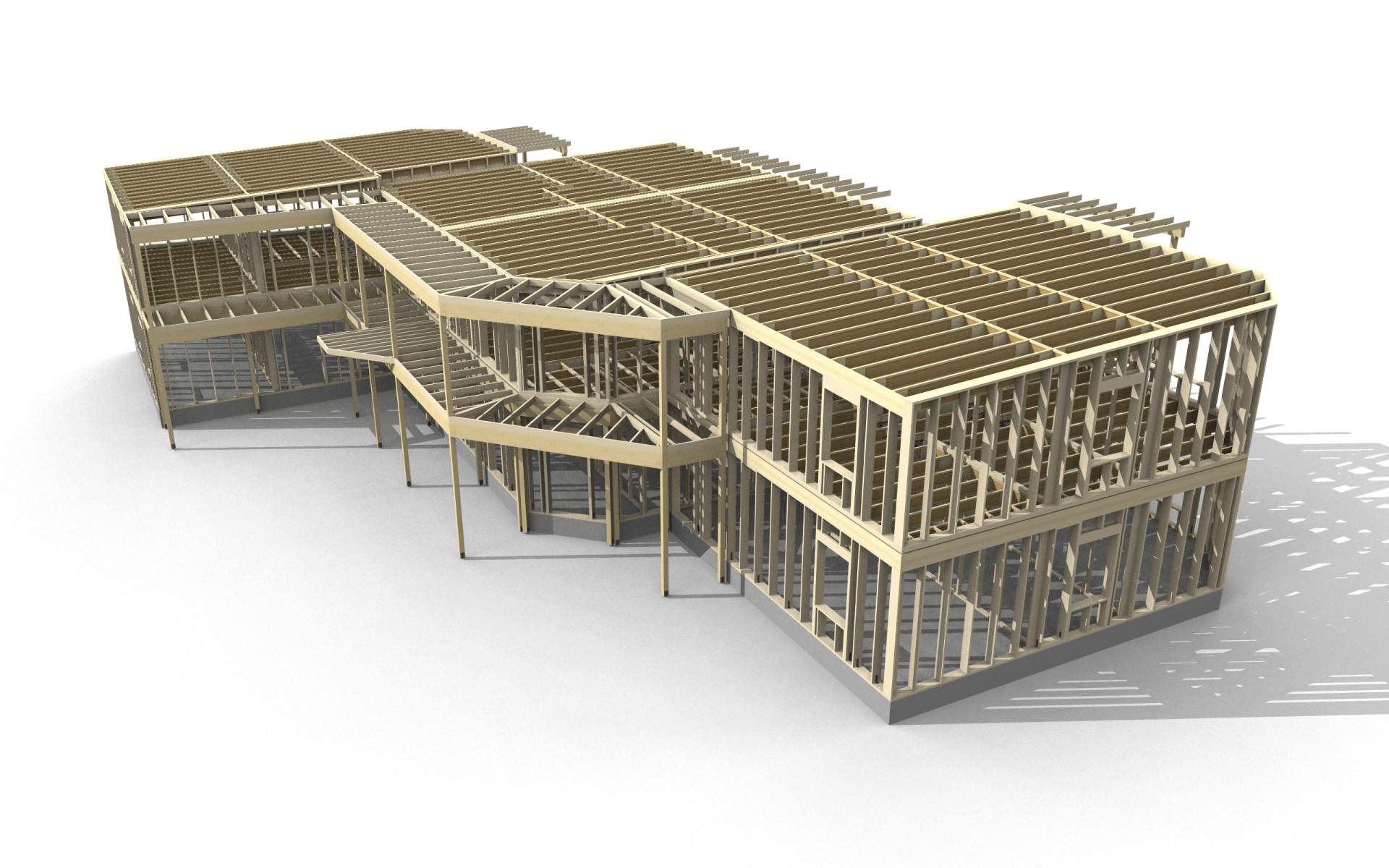How to Reduce Waste and Increase Sustainability with Wood Framing Software
Wood framing software transforms construction industry by reducing waste and improving sustainability. It optimizes resources and improves energy efficiency, reshaping building methods for a greener future. Join us as we explore how wood framing software drives sustainable construction.
As the world becomes more conscious of environmental issues, it is important for industries to find ways to reduce waste and increase sustainability. The construction industry is no exception, and one way to achieve this goal is through the use of wood framing software.
From reducing material waste to enhancing energy efficiency, wood framing software offers a range of benefits that align perfectly with the goals of sustainability and waste reduction. In this blog post, we will explore how wood framing software can transform the construction industry by contributing to a more sustainable future.
Minimize Errors with Wood Framing Software
Wood framing software plays a crucial role in reducing waste within the construction industry for several reasons. Firstly, professionals can create detailed models of their projects, enabling them to visualize every aspect of the building before construction commences. This early visualization helps identify potential issues that can be addressed beforehand, preventing problems that would otherwise arise later.
Furthermore, software enhances communication between team members and stakeholders by providing a shared digital platform for collaboration. By working from the same set of digital plans, the chances of miscommunication or construction errors are minimized. Consequently, this streamlining of communication reduces mistakes during construction, saving time, money, and minimizing waste.
Wood Framing Software Enable Precise Measurements
Once the design model is complete and potential errors are identified, wood framing software becomes instrumental. It generates precise material lists and cut lists for framing components like studs, joists, headers, and beams. The detailed plans created through software consider the exact measurements required for each piece of wood in the project.
Consequently, there is a significant reduction in material waste caused by inaccurate measurements or human errors. This not only leads to cost savings but also minimizes leftover materials, resulting in a reduction of waste sent to landfills.
Optimizing for Energy Efficiency
Wood framing software offers a significant advantage in promoting sustainability through its capacity to optimize building designs for maximum energy efficiency.
The outcome is the creation of buildings that necessitate reduced heating and cooling energy, subsequently minimizing their carbon footprint. Additionally, this energy efficiency not only contributes to environmental preservation but also leads to considerable savings on utility bills.

Embracing Renewable Resources with Wood Framing Software
Apart from waste reduction, wood framing software actively contributes to sustainability by advocating the utilization of renewable resources. Wood, being a natural material, can be replenished through responsible forestry practices. Opting for wood as the primary building material helps diminish our dependence on non-renewable resources such as steel and concrete.
By embracing wood as a sustainable alternative, we can significantly reduce the environmental impact associated with resource extraction. Additionally, it allows us to decrease carbon emissions. The use of wood in construction aligns with the principles of sustainability and supports the preservation of our natural ecosystems for future generations.
Unique Designs Can Be Created Without Sacrificing Structural Integrity
Another significant benefit of utilizing wood framing software is its capacity to enable greater customization in construction projects. Unlike traditional methods that may be limited by available materials or installation skills, wood framing software offers a solution. It empowers the creation of unique and customized designs while maintaining structural integrity and efficiency. With the assurance of structural integrity, even the most unique designs can be executed. This can be done without compromising the project’s sustainability or generating excessive waste.
Wood framing software opens up a wide range of possibilities for professionals to bring their creative visions to life. Through its advanced features, precise modeling can be performed, ensuring that custom designs meet the necessary requirements for sustainability, safety, and performance. By offering this level of customization, it expands the potential for innovation in construction, upholding high standards of quality and sustainability.
Conclusion
Wood framing software provides numerous benefits in reducing waste and enhancing sustainability within the construction industry. By promoting design precision, encouraging the utilization of renewable resources such as wood, optimizing energy efficiency in buildings, and streamlining communication between project teams, this technology has become an indispensable tool for construction industry worldwide. It plays a crucial role in shaping a better future for our planet, as professionals strive to construct in a more environmentally conscious and sustainable manner.

